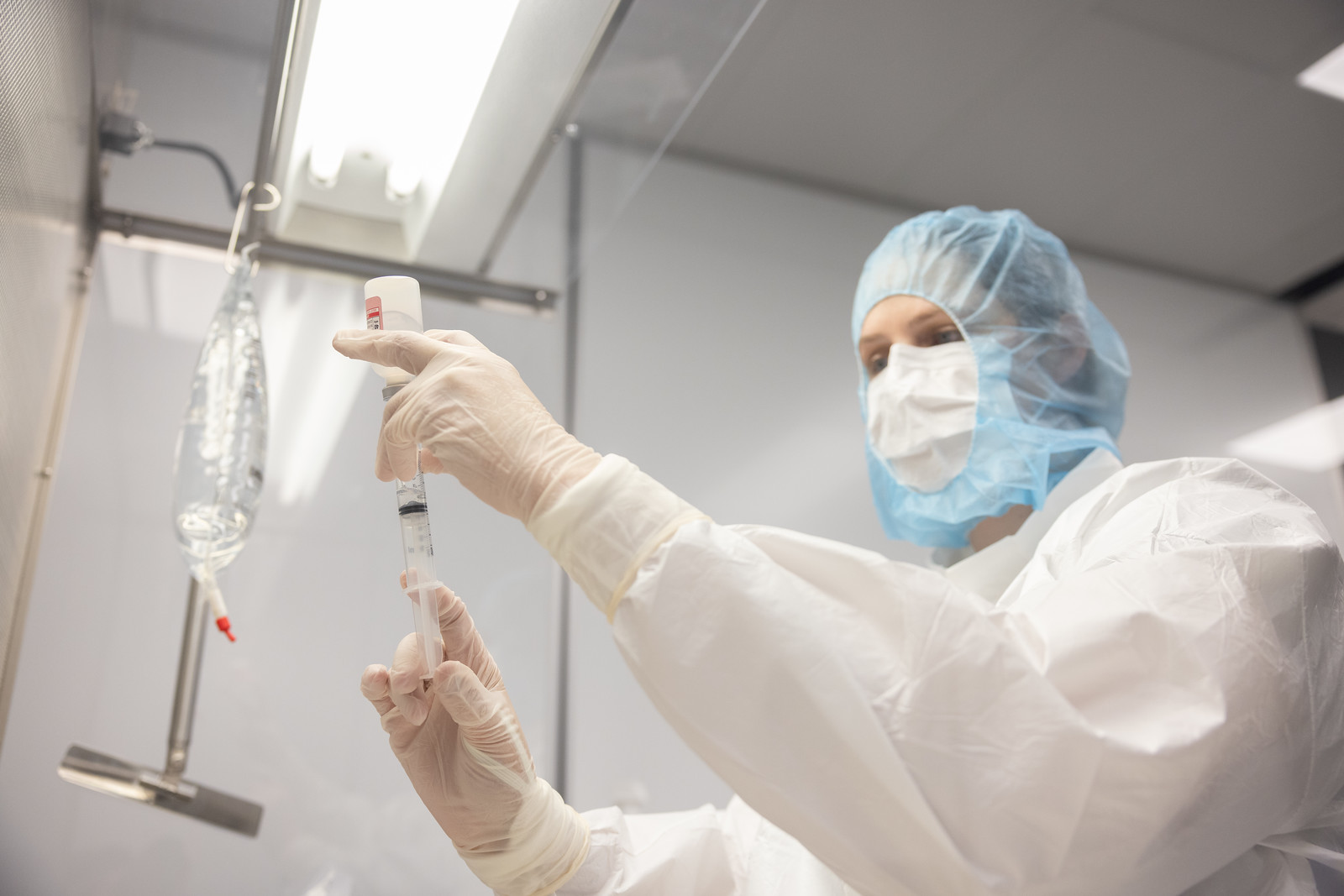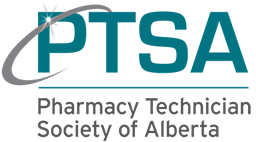Education Event Summary – Strategies for Microbial and Hazardous Drug Residue Control

On April 2, 2024, about fifty pharmacy technicians and pharmacists came together at a workshop hosted by PTSA to learn about Strategies for Microbial and Hazardous Drug Residue Control. Industry experts, Mark Wiencek, Michael Myers and Melanie Dorey guided us through an interactive day of learning. The feedback from attendees was resoundingly positive. So, what did those in attendance learn?
Non-Sterile Hazardous Drug Compounding: How to Keep Workers Safe
Melanie Dorey started things off with information about how to stay safe when compounding non-sterile hazardous drugs. We’ve known for many years that hazardous drugs can cause cancer, organ toxicity, fertility problems, genetic damage, and birth defects in healthcare workers. It’s important to have procedures and other controls in place to reduce exposure for the entire life cycle of handling hazardous drugs, including receiving, transport, compounding, and administration. Melanie reviewed the hierarchy of controls for reducing exposure: elimination, substitution, engineering controls (i.e., containment ventilated enclosures), administrative controls (i.e., training), and personal protective equipment (PPE).
Assessment of risk is vital to assess the levels of exposure dependent on the drug, type of manipulation, and environment it is prepared as a starting place for developing controls. Melanie referred to several key resources for how to do this, including the National Association of Pharmacy Regulatory Authorities (NAPRA) Model Standards and National Institute for Occupational Health and Safety (NIOSH). She also reminded us that in addition to ensuring the protection of workers, we should tell patients about the dangers of exposure for family members and animals in the household when dispensing hazardous drugs.
Gloved Fingertip Sampling (GFS): An Important Part of Ensuring Quality by Personnel
Melanie also discussed how to integrate proper GFS into pharmacies that sterile compound. Attendees got to practice donning gloves aseptically and the proper technique for collecting a sample. She also walked us through what to do if someone does not pass a GFS test.
Best Practices PEC/SEC cleaning/Donning Doffing
The practical application of standards continued with Michael Myers’ presentation of best practices for cleaning and disinfecting and donning and doffing PPE. When it comes to the safety of the patient, robust cleaning and disinfecting is every bit as important as the pharmacy technician who is preparing a medication. Michael reviewed the types of products and frequencies used to clean sterile environments. He reviewed best practices of always wiping cleanest to dirtiest, using unidirectional overlapping strokes, and cleaning odd surfaces (thermostats, light switches, etc.) before cleaning large flat surfaces. Michael also clarified that decontamination refers to cleaning. Deactivation involves rendering a drug inert. There is no one proven method for deactivating all drugs compounded so the goal should be complete surface decontamination.
Ensuring Safety in Sterile and Hazardous Drug Compounding
Mark Wiencek’s presentation further helped us identify the best cleaning solutions and processes for disinfection of microbes and decontamination of hazardous drug residues. He reminded us that there are many possible sources of contamination in a clean room – including people, water/moisture, and dirt from cardboard and the outside world. We can bring all these contaminants into our compounding areas so it’s important that we limit what enters the space and disinfect materials with a sporicidal agent. Mark taught us that a germicidal disinfectant detergent is a one-step disinfectant. Health Canada does not regulate products that only clean, and most disinfectants can also be used as cleaners. He also clarified that isopropyl alcohol (IPA) isn’t an acceptable ingredient in Health Canada’s hard-surface disinfectant monograph but current versions of NAPRA Model Standards refer to 70% IPA as a disinfectant. We must still wipe items with IPA but must also use a Health Canada one-step disinfectant for cleaning.
Mark also discussed that there is currently no standard for acceptable limits for hazardous drug surface contamination. By sampling key areas of our pharmacies for hazardous drug residue we can measure how much contamination is being found and potentially contain the causes of high levels of contamination. While there will likely always be residues detected, an As Low As Reasonably Achievable (ALARA) approach is a practical way to identify safe levels.
The workshop would not have been possible without the support of Contec Healthcare. If you’re looking for more information on any of these topics check out their online Resource Center | Contec Healthcare (contecinc.com).
About the Author: Teresa Hennessey is a pharmacy technician with 25 years of front-line and leadership experience in both community and hospital pharmacies. She is the Administrator for PTSA.
